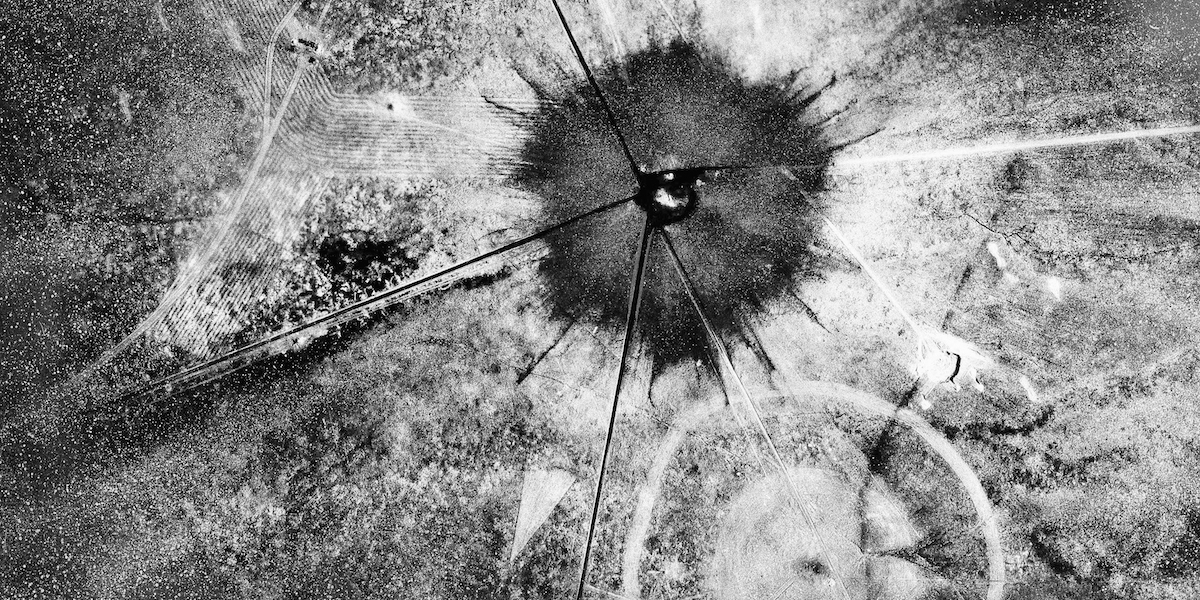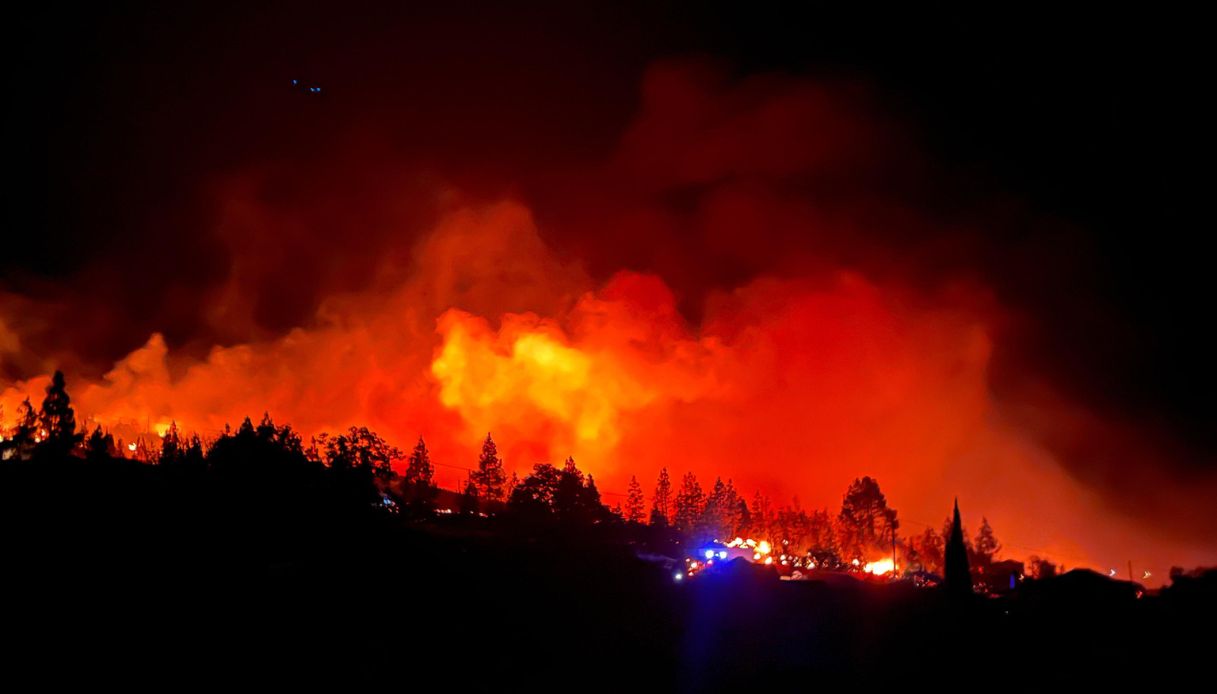An aerial photo of the test site for the first nuclear bomb in history, in the Jornada del Muerto desert in New Mexico in the summer of 1945 (AP Photo, File)
In 1983, Stanislav Petrov decided to wait to warn his superiors about the possible launch of some American nuclear missiles: fortunately
On the night of September 25-26, 1983, 40 years ago, 44-year-old Soviet lieutenant and engineer Stanislav Petrov was on duty at a military base south of Moscow. His job was to monitor the activity of the Soviet warning system that was supposed to detect the possible launch of nuclear missiles by the United States. At a certain point, shortly after midnight, the system began to ring: according to protocol, Petrov was to immediately notify his superiors, who were to initiate a counterattack.
After nearly a decade in which tensions between the two superpowers eased, the Cold War returned for several years to a phase of more overt hostilities. The alert level was therefore high, but Petrov decided to wait for further confirmation rather than immediately convey the alert to his superiors. Confirmations did not arrive: a glitch had occurred in the system, causing a false alarm. Had the Soviet Union counterattacked, the situation would have escalated very quickly, possibly leading to a nuclear conflict. The incident of that night has gone down in history as the autumnal equinox, and Petrov is sometimes remembered, for his caution, as “The man who saved the world“, which is also the title of a 2015 Danish documentary dedicated to him.
The alarm system at the accident center was called OK: It was developed starting in the 1970s and was designed as an early warning program to quickly respond to potential attacks. The system consists of some satellites stationed in orbit with radars capable of detecting missile launches from certain points under surveillance. The OKO system’s control center is located near Kurilovo, south of Moscow, in a bunker at the Serpukhov-15 military base.
On the night between September 25 and 26, Petrov was in charge. He knew the OKO system well and was to monitor the transmitted signals and warn the military command of any impending missile attack against the Soviet Union. At that time, in the event of an attack, it was highly likely that the Soviet Union would counterattack in some way direct: In 1983, tensions between the United States and the Soviet Union were particularly strong, also due to a series of events in the previous years.
Those were the years in which the Soviet Union and the North Atlantic Treaty Organization (NATO), the military alliance that included part of Western countries, engaged in difficult negotiations that only led in 1987 to the Intermediate-Range Nuclear Forces Treaty (“INF Treaty”). It is an agreement that neither country can possess a certain type of nuclear missile. The treaty came later subscriber Nuclear weapons deployments, between 1977 and 1983, at various points in Eastern Europe: In 1983, the Soviet Union abandoned ongoing negotiations, which resumed two years later, in response to the US deployment of a series of missiles.
1983 was also the year of NATO’s Able Archer 83 exercise, which the Soviet Union mistakenly believed was an attempted attack: this incident is still remembered as one of the times we came closest to nuclear war.
Shortly after midnight, the sirens sounded at the Oko control center and she wrote, “launch“: A signal of the departure of an intercontinental ballistic missile, and four others immediately afterwards, from a military base in Malmstrom, Montana. The personnel on duty at the Russian base were alarmed, but according to some reconstructions, the signal was also received with a certain degree of suspicion: That’s partly down to five missiles It seems they are Few would have initiated a nuclear conflict between the two superpowers, partly because Petrov, who helped develop the OKO system software, knew that mistakes and malfunctions could happen.
Thirty years after the Petrov incident tale to BBC That for some reason he could not explain at the time that he did not feel like notifying his superiors immediately. There were no official rules about when to do this, but it was clear that in the event of an attack, even a second’s delay could have disastrous consequences: “All I had to do was pick up the phone to activate the direct line to our superior commanders, but I couldn’t move.” . “I felt like I was sitting on a hot frying pan.”
On other occasions, Petrov spoke of the extreme tension of those moments, when he only had a few minutes to make a decision that could have dire consequences, while the screen flashed, sirens sounded, and other workers in the facility waited for directions on how to do so. moving forward.
There are different accounts of what exactly happened in the moments following the alarm. Looks like Petrov tried that Restart system, so after a few minutes the alarm stops. Meanwhile, other Soviet radars, stationed not in orbit, but on Earth, They did not report No missiles. About twenty minutes later, Petrov received confirmation that no missiles had been launched by the United States, and that if he had sounded the alarm it would have activated a series of operations that could have led to nuclear war.
Petrov was initially praised for how he handled the situation, but after a short time things changed: he struggled In-depth interrogations By the Soviet authorities, the legality of his decisions was questioned and he never received recognition because he effectively avoided a nuclear confrontation. OCO’s malfunction appears to have been due to a certain alignment of sunlight reflecting off clouds and satellites in orbit, which would have triggered an alarm even in the absence of rockets.
– Read also: What happens in the first moments of the atomic bombing?

“Freelance social media evangelist. Organizer. Certified student. Music maven.”



